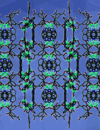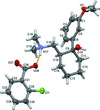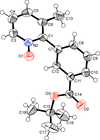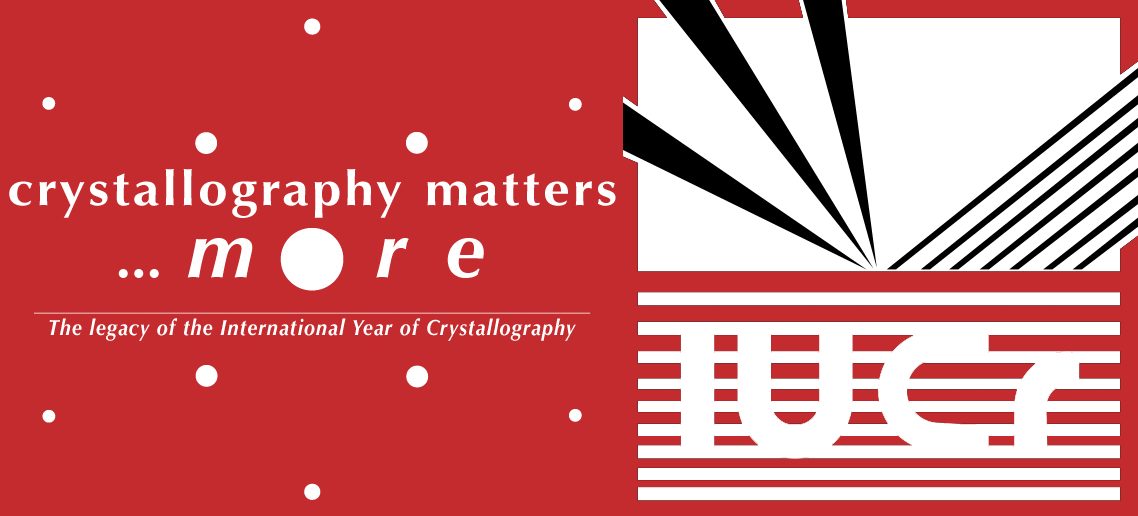issue contents
January 2016 issue

Cover illustration: This unusual centrosymmetric cyclohexane-1,4-diamine derivative has cyclohex-2-en-1-one substituents on each of the N atoms. It crystallizes with two half-molecules in the asymmetric unit, both lying about inversion centres situated at the centers of the cyclohexane rings. In the crystal, the two molecules are linked by a pair of N-H O hydrogen bonds, forming an inversion dimer with an R22(18) ring motif; the dimers are linked by a second pair of N-H
O hydrogen bonds, forming an inversion dimer with an R22(18) ring motif; the dimers are linked by a second pair of N-H O hydrogen bonds, enclosing an R22(18) ring motif. See: Abdelhamida, Mohamed & Simpson [IUCrData (2016). 1, x152175].
O hydrogen bonds, enclosing an R22(18) ring motif. See: Abdelhamida, Mohamed & Simpson [IUCrData (2016). 1, x152175].
editorial
 access
accessinorganic compounds


 access
accessmetal-organic compounds


 access
access

 access
access

 access
access

 access
access

 access
access

 access
access

 access
access

 access
access

 access
access

 access
access

 access
access

 access
access

 access
accessorganic compounds


 access
access

 access
access

 access
access

 access
access

 access
access

 access
access

 access
access

 access
access

 access
access

 access
access

 access
access

 access
access

 access
access

 access
access

 access
access

 access
access

 access
access

 access
access

 access
access

 access
access

 access
access

 access
access

 access
access

 access
access

 access
access

 access
access

 access
access

 access
access

 access
access

 access
access

 access
access

 access
access

 access
access

 access
access

 access
access

 journal menu
journal menu





























































![[publCIF]](/logos/authorchecklist11.gif)





